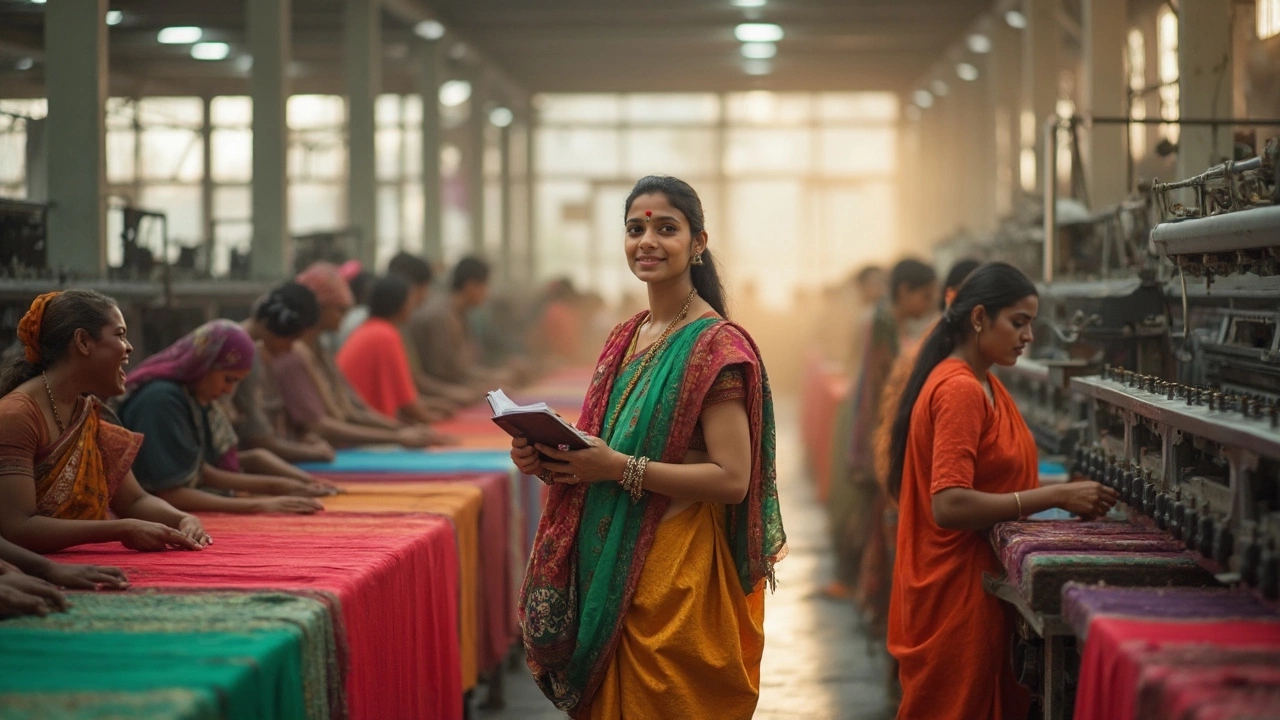Textile Production India: Trends, Leaders & Insights
When talking about textile production India, the process of turning raw fibers like cotton, jute, and synthetic yarn into fabrics, garments, and home textiles across the country. Also known as Indian textile manufacturing, it drives jobs, exports, and regional development.
The broader Indian Textile Industry, a network of mills, artisans, and technology providers that spans from Gujarat to Tamil Nadu relies on several core attributes: scale, product diversity, and a growing focus on sustainability. Arvind Limited exemplifies scale – it operates over 30 million meters of fabric annually, supplies both denim and technical textiles, and invests heavily in water‑saving dyeing methods. Another heavyweight, Reliance Industries, through its Reliance Retail and textile ventures, blends petro‑chemical expertise with fashion forward fabrics, pushing the sector toward high‑value, synthetic blends. These companies illustrate how size and innovation intersect in Indian textile production.
Key Drivers of Textile Production
Three forces shape the future of textile production in India today. First, technology adoption – digital pattern making, AI‑driven quality control, and automated looms increase throughput while cutting waste. Second, supply chain efficiency – a well‑orchestrated flow from farm‑gate cotton to export container reduces lead times; this requires logistics hubs, real‑time inventory tracking, and collaborative forecasting. Third, sustainability pressure – global brands demand low‑impact fabrics, prompting mills to adopt water‑recycling, organic fibers, and carbon‑neutral processes. The sector’s ability to balance these attributes determines its competitiveness on the world stage.
Because textile production in India encompasses large‑scale manufacturing, it requires robust policy support and skilled labor. Government schemes like the Production Linked Incentive (PLI) program boost capital investment, while vocational training centers churn out technicians familiar with modern loom technology. Meanwhile, regional clusters such as the Surat‑based “Silk City” and the Coimbatore “Textile Hub” illustrate how geography still matters; proximity to raw material sources keeps costs low and supports local economies.
Looking ahead, the interplay between major players, technology, and sustainability will dictate which fabrics dominate export markets and which domestic brands gain shelf space. Below you’ll find a curated collection of articles that break down the numbers, spotlight the leading firms, and unpack the trends reshaping textile production across India.
